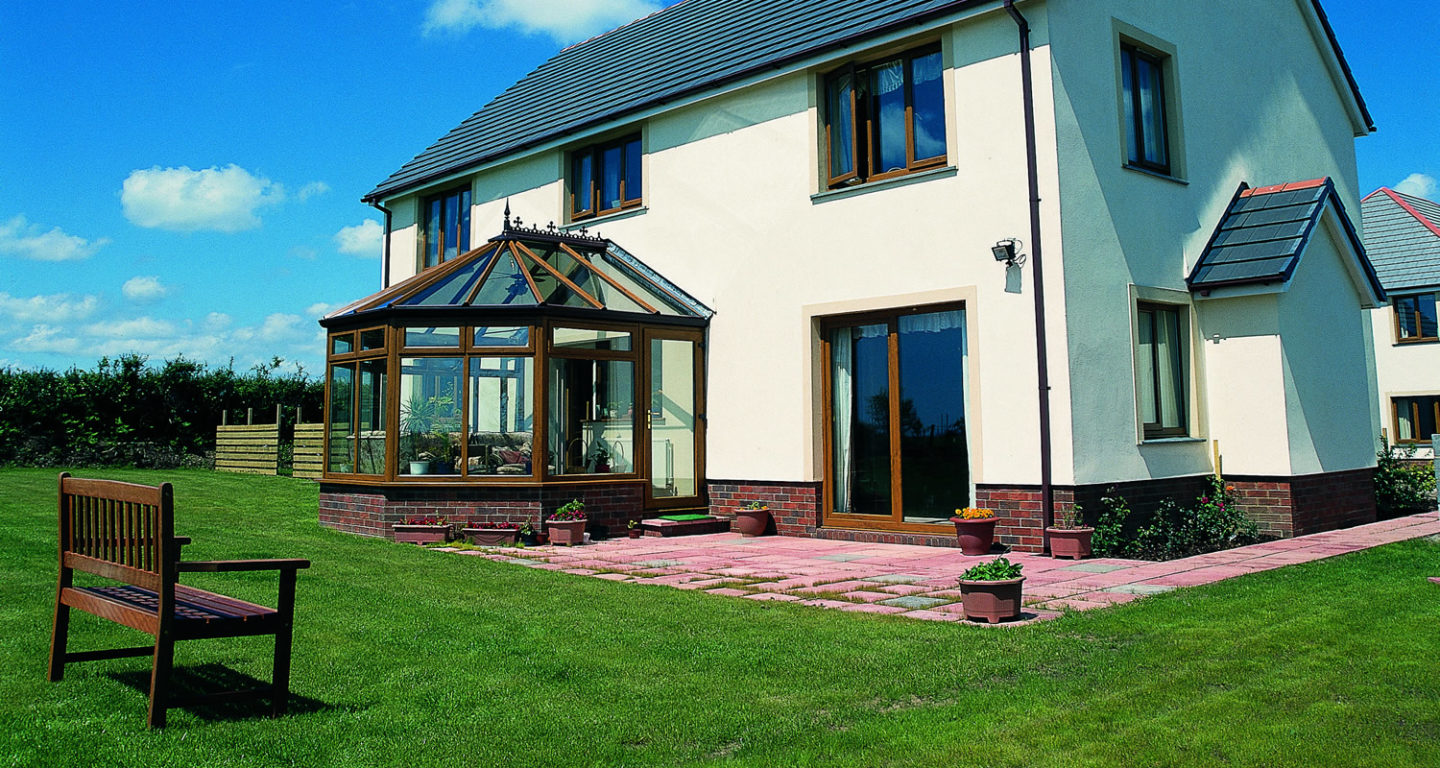Norscot for Energy Efficient Windows
Norscot offers a range of energy efficient windows in a choice of materials - timber, PVCu and alu-timber.
So exactly what are energy efficient windows? They are windows that help to contain and conserve heat within the home keeping out wind and rain, resisting condensation and yet allowing natural ‘free’ energy - the warmth of the sun - to heat the home. Energy efficient windows are easy to recognise - simply look for the BFRC Label.
What does the energy efficient window ratings label tell you? The BFRC Scheme is the UK’s national system for rating the energy efficiency of windows and is recognised within the Building Regulations as a method to show compliance for your replacement or new window installation.
Window Energy Ratings use a consumer-friendly traffic-light style A-E ratings guide similar to that used on ‘white’ goods (such as fridges, freezers, washing machines etc…). This ratings label can be used by you to make more informed choices about the energy efficiency of the windows you are looking to purchase.
With carbon emissions high on the global agenda and the current high cost of fuel, we are all looking for ways to make our homes more energy efficient. Simply put this will determine how well a product help you contain and conserve heat within your building in the winter, keep out the wind, resist condensation and contribute to improved sound insulation.
For further information go to the BFRC website You can also get a range of other energy saving tips here
If your home is single glazed or was double-glazed prior to April 2002 you could be losing more heat and money than necessary. By switching to energy efficient windows you can save energy and reduce your household bills. As a result of installing energy efficient windows, you could reduce your energy use by 0.30 tonnes or 18% - almost reaching the Government target of 20% reduction per household. Add to this other simple energy saving measures - such as enhanced insulation and lowering the central heating by 1° C - and you could be making a real impact on reducing your carbon footprint.
Why Choose Norscot?
There can be little doubt Norscot has stood the test of time. This means customers can expect products which are “fit for purpose” and a reliable service. They can also have total confidence in the comprehensive guarantees offered by the company.
